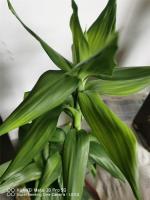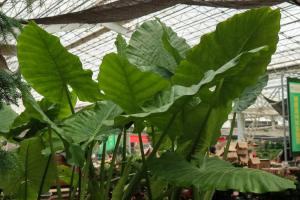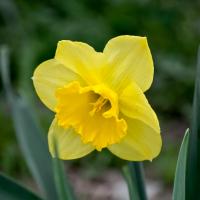When to Plant Tomatoes in Zone 7A
Zone 7A experiences moderate temperatures and has a long growing season, making it an ideal location to grow tomatoes. However, it is essential to time the planting right for a successful harvest. Here are some tips on when to plant tomatoes in zone 7A.
Starting Indoors
If you want an early harvest, starting your tomatoes indoors is the way to go. You can start your tomato seeds indoors six to eight weeks before the last frost date. In zone 7A, the last frost date is typically in early April. Therefore, you can start your seeds indoors in early February.
When starting seeds indoors, use a seed starting soil mix and a grow light or sunny window. Keep the soil moist but not saturated and maintain a constant temperature of 70 to 75 degrees Fahrenheit. Once the plants have developed their first true leaves, you should transplant them into larger containers.
Transplanting Outdoors
You can transplant your seedlings outdoors once the soil temperature reaches 60 degrees Fahrenheit, and there is no longer a threat of frost. In zone 7A, this typically occurs in early May. Before transplanting the seedlings, harden them off by gradually exposing them to outdoor conditions, starting with a few hours a day and gradually increasing the time.
When transplanting the seedlings, dig a hole slightly larger than the root ball and make sure to plant them deep, up to their first true leaves. This will encourage root development and create a sturdy stem. Water well immediately after transplanting and provide support, such as a cage or stake, as the plant grows.
Direct Seeding Outdoors
If you prefer to plant your tomatoes directly in the ground, you can do so once the soil temperature reaches 55 degrees Fahrenheit and there is no longer a threat of frost. In zone 7A, this typically occurs in early May.
If the soil is too cold, the seeds may not germinate, so it is essential to wait until the soil has warmed enough. You can warm the soil by covering it with black plastic a week or so before planting. Once the soil has warmed, prepare it by loosening it and amending it with compost or fertilizer.
Care and Maintenance
Tomatoes require plenty of sunlight, water, and nutrients to thrive. They prefer well-draining soil and regular deep watering, about an inch of water per week. Mulching around the base of the plant can help conserve moisture and prevent weed growth.
Fertilize the plants once a month with a balanced fertilizer or compost. Pinch off suckers – the new growth between the stem and branch – to encourage stronger stem growth and larger fruit. Prune the plant as necessary to improve air circulation and reduce the risk of disease.
In Conclusion
Knowing when to plant tomatoes in zone 7A is essential for a successful harvest. Whether you start your plants indoors or direct seed them outdoors, timing is everything. With proper care and maintenance, you can enjoy a bountiful tomato harvest throughout the summer and into the fall.

 how many times do yo...
how many times do yo... how many planted tre...
how many planted tre... how many pine trees ...
how many pine trees ... how many pecan trees...
how many pecan trees... how many plants comp...
how many plants comp... how many plants can ...
how many plants can ... how many plants and ...
how many plants and ... how many pepper plan...
how many pepper plan...

































